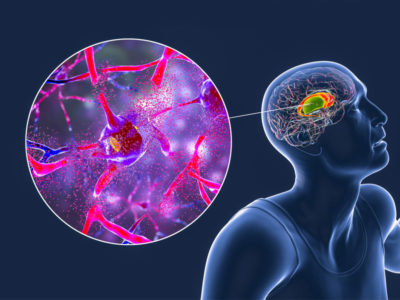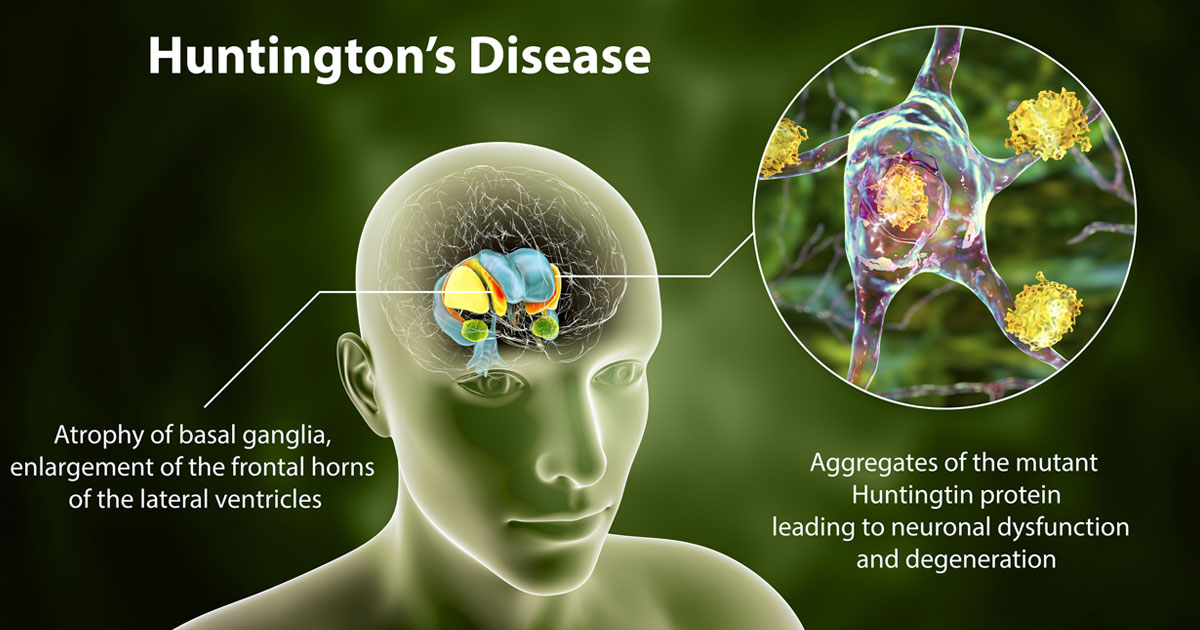Types of Hyperkinetic Movement
During an examination, a medical professional will look for both negative signs and hypertonia. Negative signs include insufficient control of muscular movement as well as insufficient muscular movement. Hypertonia refers to an unusual increase of resistance when movement is imposed externally.
There are several types of defined movements 1 that fall under the category of hyperkinesia. In combination with negative signs and hypertonia, these movements can indicate hyperkinesia. Hyperkinetic movements can happen voluntarily or involuntarily without outside influence. Examining the specific type of movement helps medical professionals determine what category the movement falls under.
Dystonia
Dystonia is a movement disorder defined by involuntary muscle contractions on either a sustained or intermittent basis. These contractions can cause repetitive twisting movements, abnormal posture, or a combination of the two. Dystonia can be localized to certain body parts or affect multiple muscle groups. Common examples of dystonia include ulnar wrist deviation, lordotic trunk postures, and foot inversions.
Athetosis
This condition is defined as a slow, sustained, involuntary writhing movement that makes it nearly impossible for a person to maintain a stable posture. The key indicators associated with athetosis are smooth and seemingly random movements that do not follow a rhythmic pattern. Areas of the body that are commonly affected by athetosis include the extremities, face, neck, and trunk.
Chorea
Choreatic movements tend to be discreet but can be strung together, which makes it difficult to pinpoint when the movements begin and end. These movements are continuous and appear random, and commonly involve the face, neck, tongue, and extremities. Children with chorea tend to have more rapid, unpredictable movements and can appear fidgety, often leading to a misdiagnosis. There are various disorders that could cause choreatic movements, including thalamus disorders, hyperthyroidism, encephalitis, dysfunctional basal ganglia, and Huntington’s Disease. Exposure to neuroleptic, antiepileptic, and antidepressant drugs can also cause or worsen choreatic movements.2
Ataxia
Ataxia refers to poor muscle control and is caused by a group of neurological diseases that can alter the coordination and balance of an individual. It is often experienced through poor hand/eye coordination, difficulties in speech, and an unsteady gait when walking. Ataxia can be caused by stroke, infection, tumors, and trauma.
Myoclonus
Myoclonus is caused by sudden contractions and relaxation of one or more muscles. It is often experienced as a sequence of nonrhythmic but repetitive movements that mimic shock-like jerks. These movements are involuntary and can affect multiple muscle groups of the body. Myoclonus movements are often associated with dementia, delirium, seizures, and other neurological diseases.
Stereotypies
Unlike many other movements that fall under hyperkinetic movement, stereotypies are one group of movements that can be voluntarily suppressed. These movements are typically rhythmic and repetitive and commonly affect the fingers, wrists, and upper extremities. Stereotypies are commonly associated with syndromes that affect development, including autism. For that reason, they are often seen in preschool-aged children.
Tics
Tics are abnormal movements that can occur within normal movements. However, this repeated, recognizable movement can usually be suppressed when addressing the urge to perform the movement. These movements tend to be predictable and can be triggered by excitement or stress. Tics are often displayed as muscular movements of the face or neck, as well as vocal sounds.
Hemifacial Spasms
As you might suspect, hemifacial spasms are specific to facial muscles and are often characterized by involuntary contractions. These movements commonly only affect one side of the face. Frequency can vary from rare spasms to frequent or constant spasms. Botox has been used as a treatment option to provide relief.
Tremors
Tremors are defined as rhythmic or oscillating involuntary movements that take place around a joint axis. Unlike most other hyperkinetic movements, there are no jerking movements associated with a tremor. Essential tremors are the most common movement disorder and can affect people of all ages. These movements are often seen in the hands and arms but can also affect other parts of the body.












